How many times have we all seen brands blatantly labelling themselves as “Sustainable” primarily for marketing purposes, providing nothing but vague unbacked sustainability claims, using recycling symbol (the mobius loop) as a confirmation, and maybe, in exceptional cases stating “We know we have a long way to go..", but still do not step away from their misleading practices. And how many times do we need to say "One attribute does not make you sustainable"...
Dear brands, if you did it by mistake, and did not really want to misinform your customers, here is the quick list to help you what you should do to get closer to earning that label or to see how far are you from being truly sustainable:
- Using recycled polyester and recyclable packaging is not enough to self-label as sustainable.
- Are you producing in China, in a factory you never visited, with unclear working practices or equally non-transparent statements about it, with no supporting evidence – guess what? Not sustainable.
- Are the production workers not receiving living wage or even worse you do not know about, nor do you care – again, please do not say you are sustainable;
- You keep having new releases on monthly or even weekly level, making it all about new trends and colours, as a true fast fashion brand;
- If you are on some sort of a “giving” mission, just stating it for “marketing purposes” you donate % of your profits (while potentially being loss making), it does not help your ethics under the sustainability claims.
- And frequently abused, certificates are there, on your website, because from time to time you use fabrics from certified suppliers. However for the product to be considered GOTS certified, the entire supplier chain needs to be GOTS certified, thus including the yarn, the knit, the print company since it regulates the manufacturing stages of the textile supply chain such as the ginning, spinning, knitting/weaving, cut, make & trim. The standard stipulates requirements for both ecological and labour conditions in addition to ensuring the integrity of organically produced raw materials (for example wool and cotton).
WHAT TO DO INSTEAD?
Start with the following:
- Exercise caution using the recycling/recyclable symbol (the mobius loop), now widespread it has become largely meaningless;
- Avoid vague terms (such as environmentally-friendly) without providing precise explanations of your meaning.
- Educate yourself – make sure you understand all of the environmental impacts of your product across its entire lifecycle;
- Pursue continual improvement of your environmental footprint (across the entire lifecycle), and encourage your customers to join you on that journey;
- Draw on multi-attribute eco-labeling standard and certification programs for legitimacy of environmental claims.
- Don’t make claims about a single environmental impact or benefit, without knowing how your product performs in
It is not to suggest that only perfectly “green” products should be marketed as environmentally preferable. The environmental progress is necessarily stepwise. Avoiding greenwashing does not require waiting for a perfect product, it just means that sound science, honesty, and transparency are paramount.
If you share the same view, check out why Babiclo is your new standard in sustainable children’s clothing.
Love always,
Olia

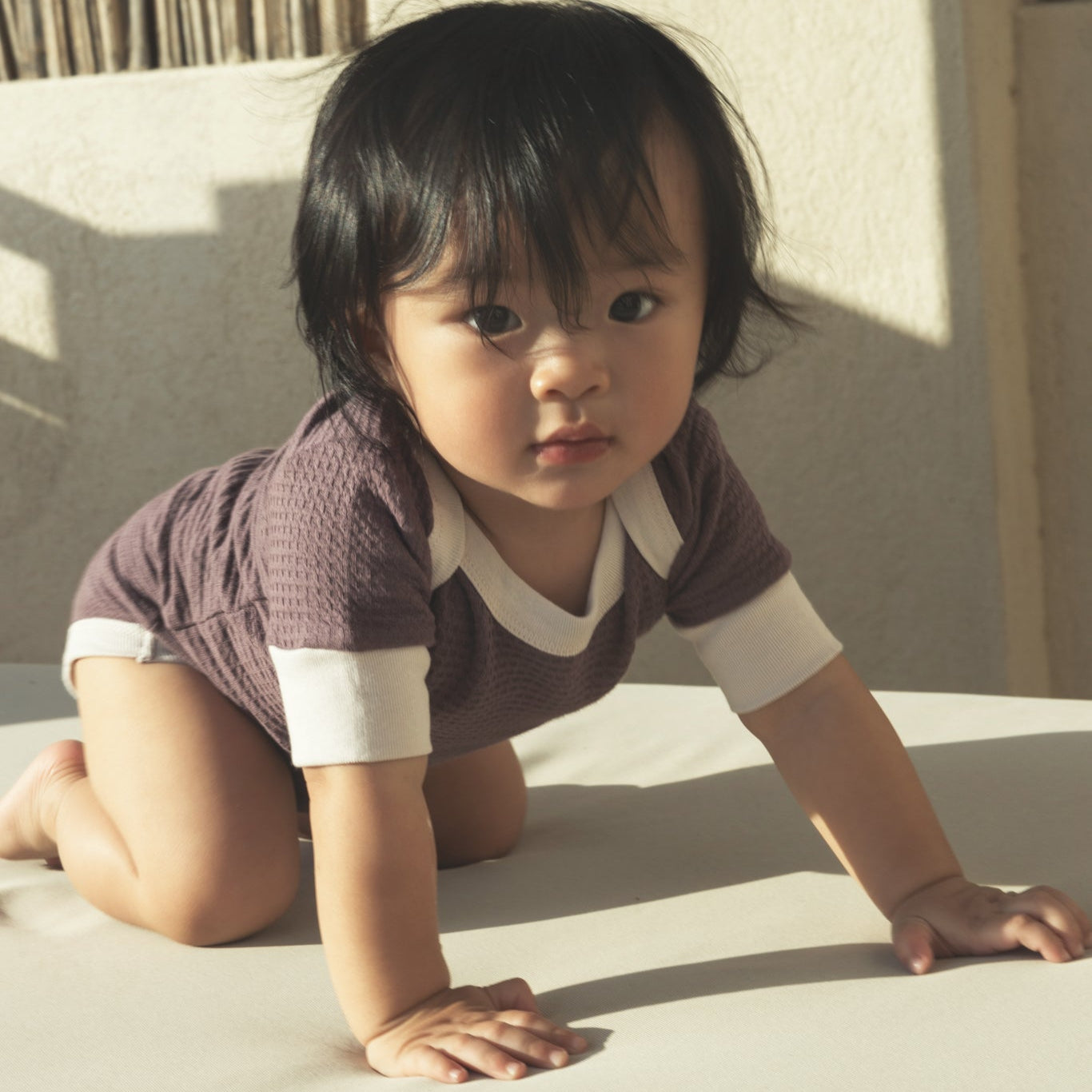

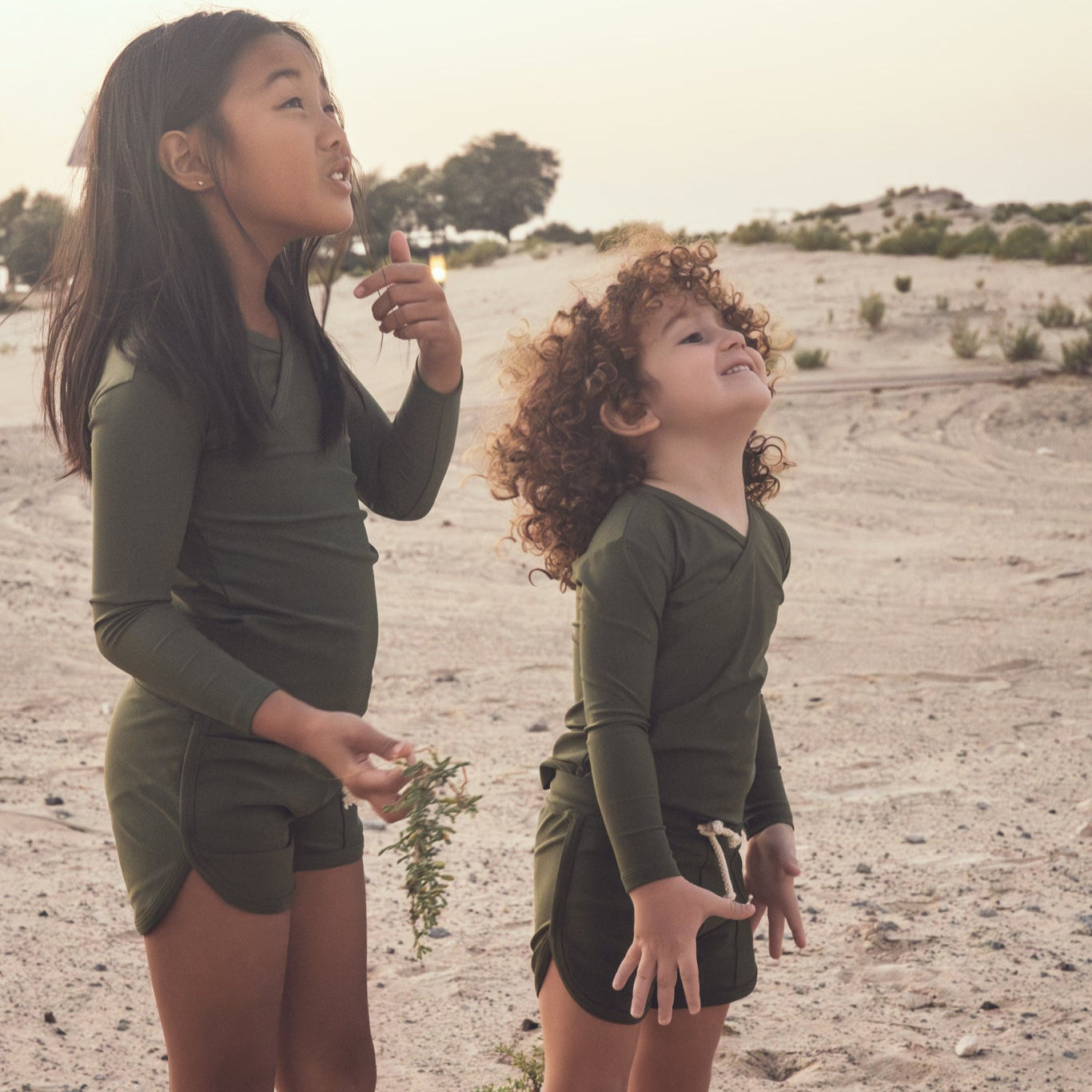
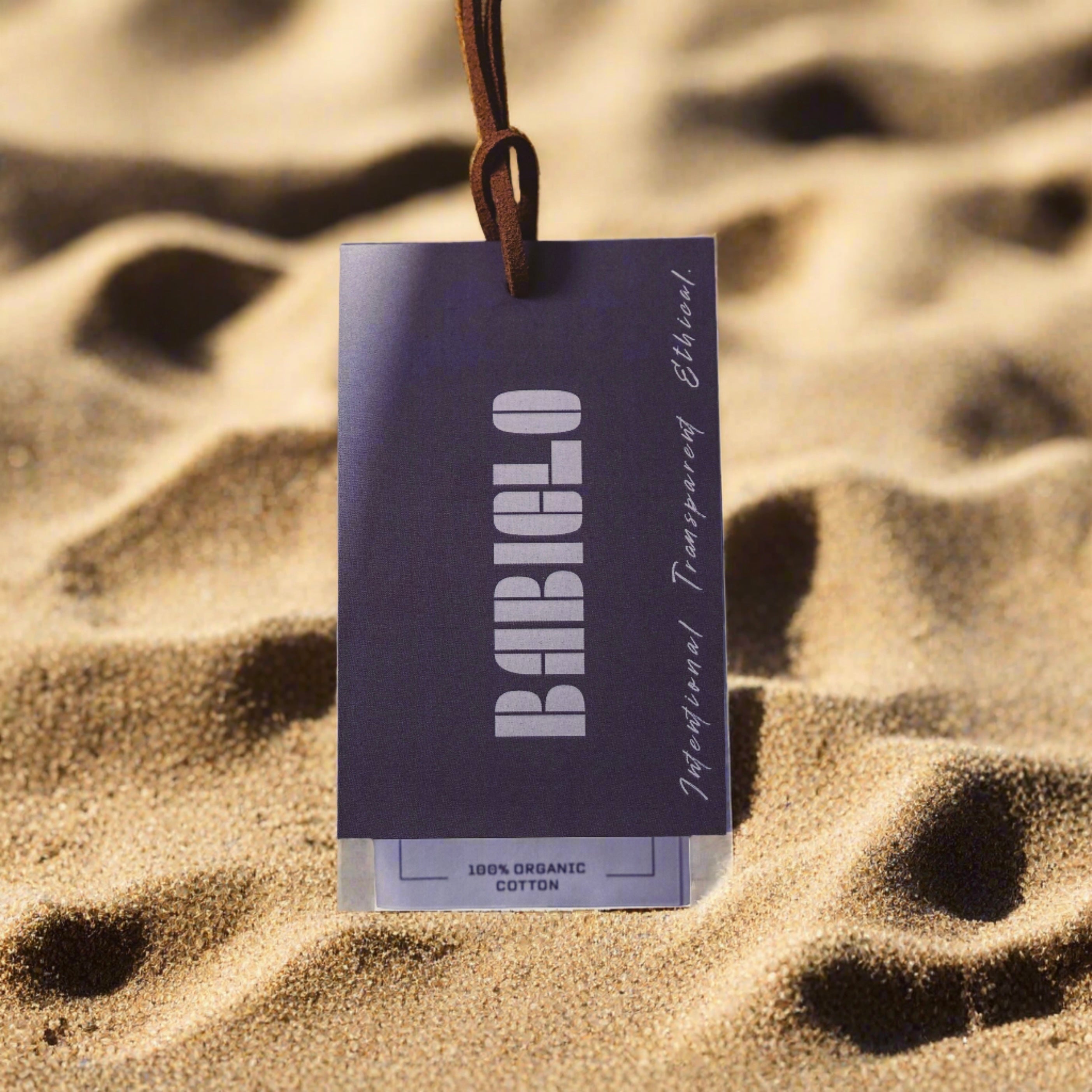

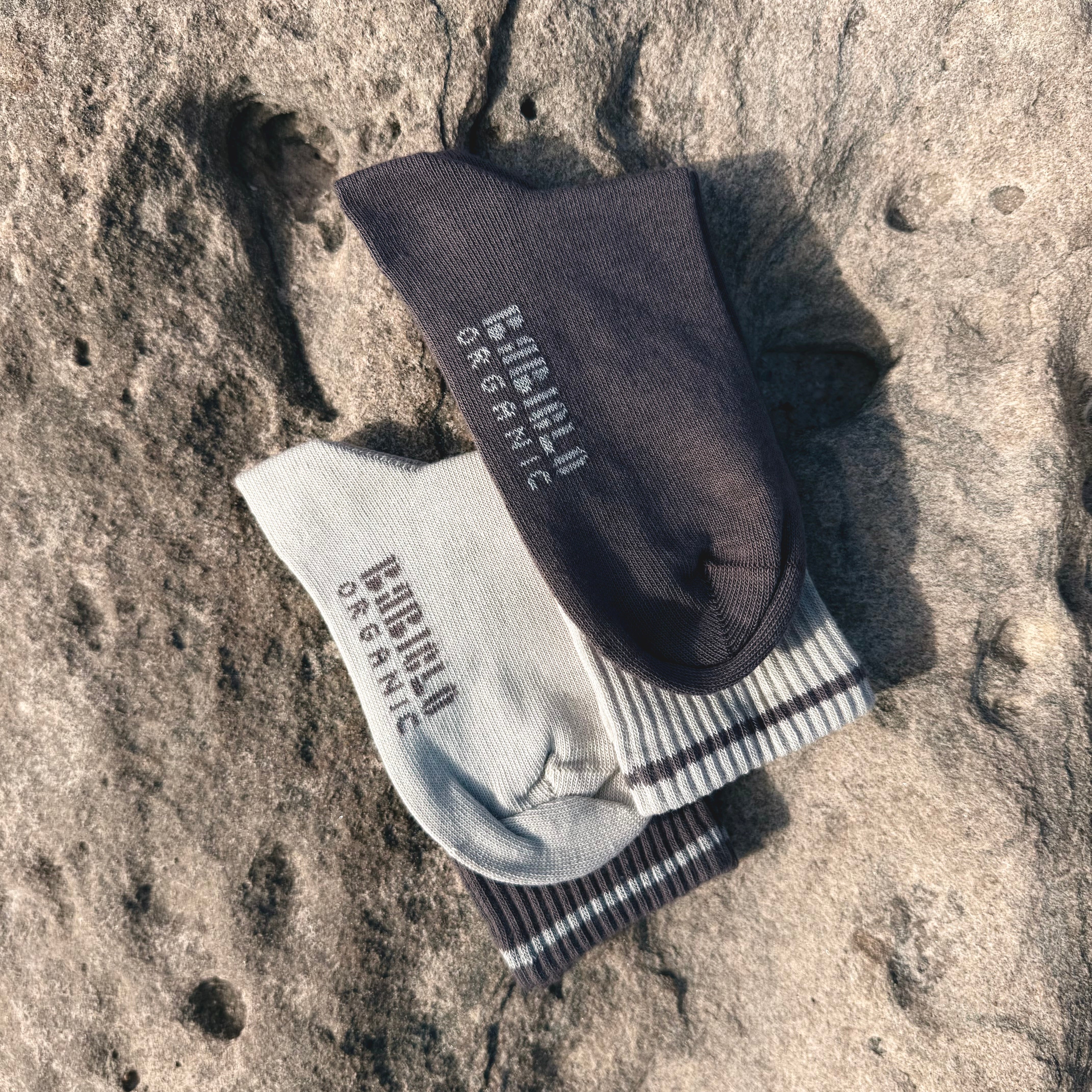
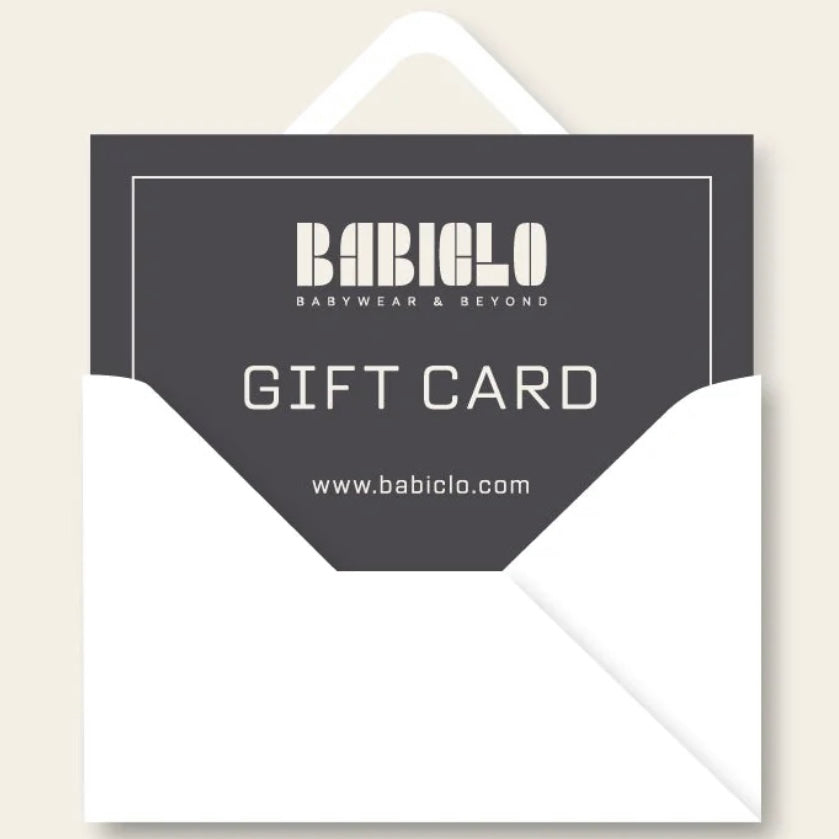
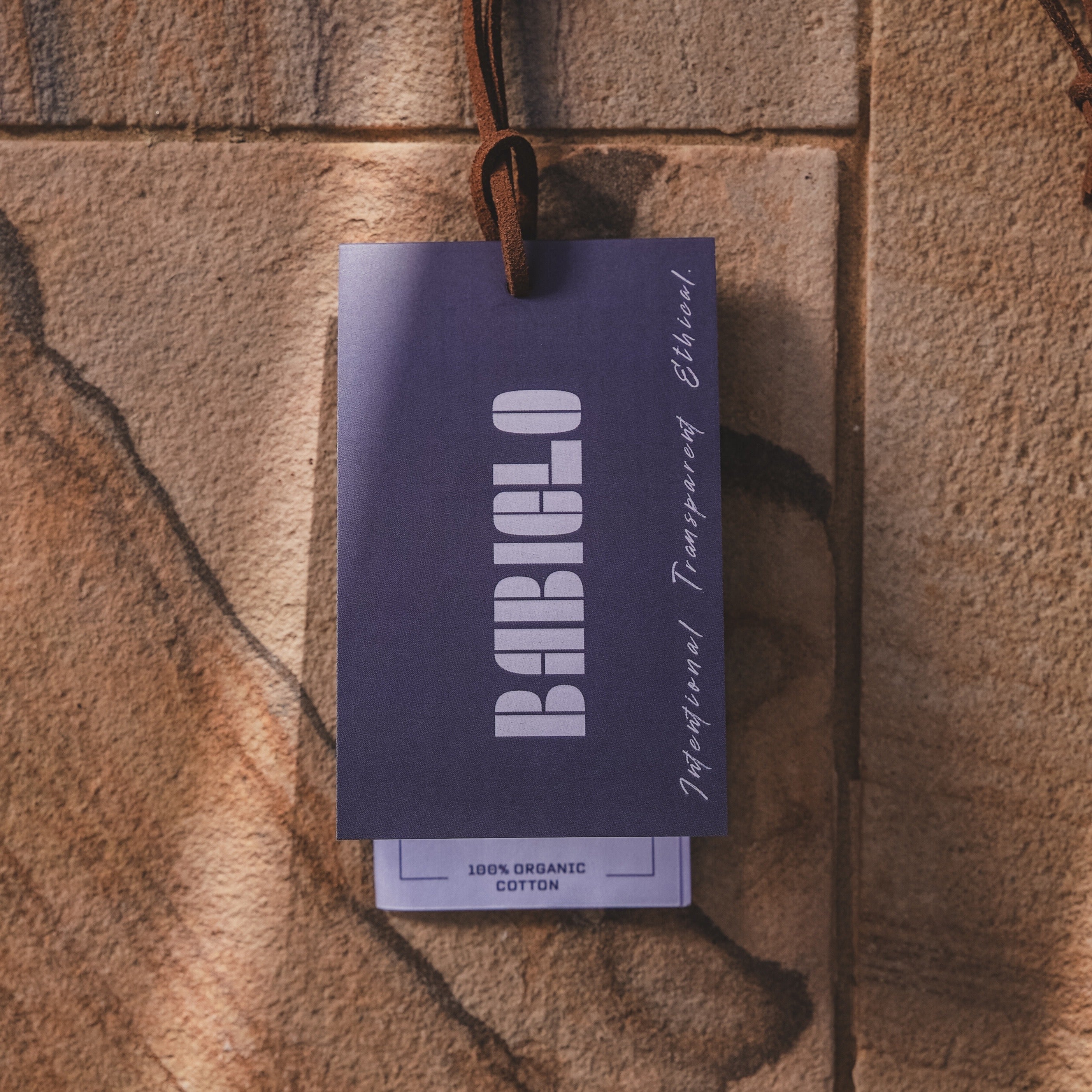
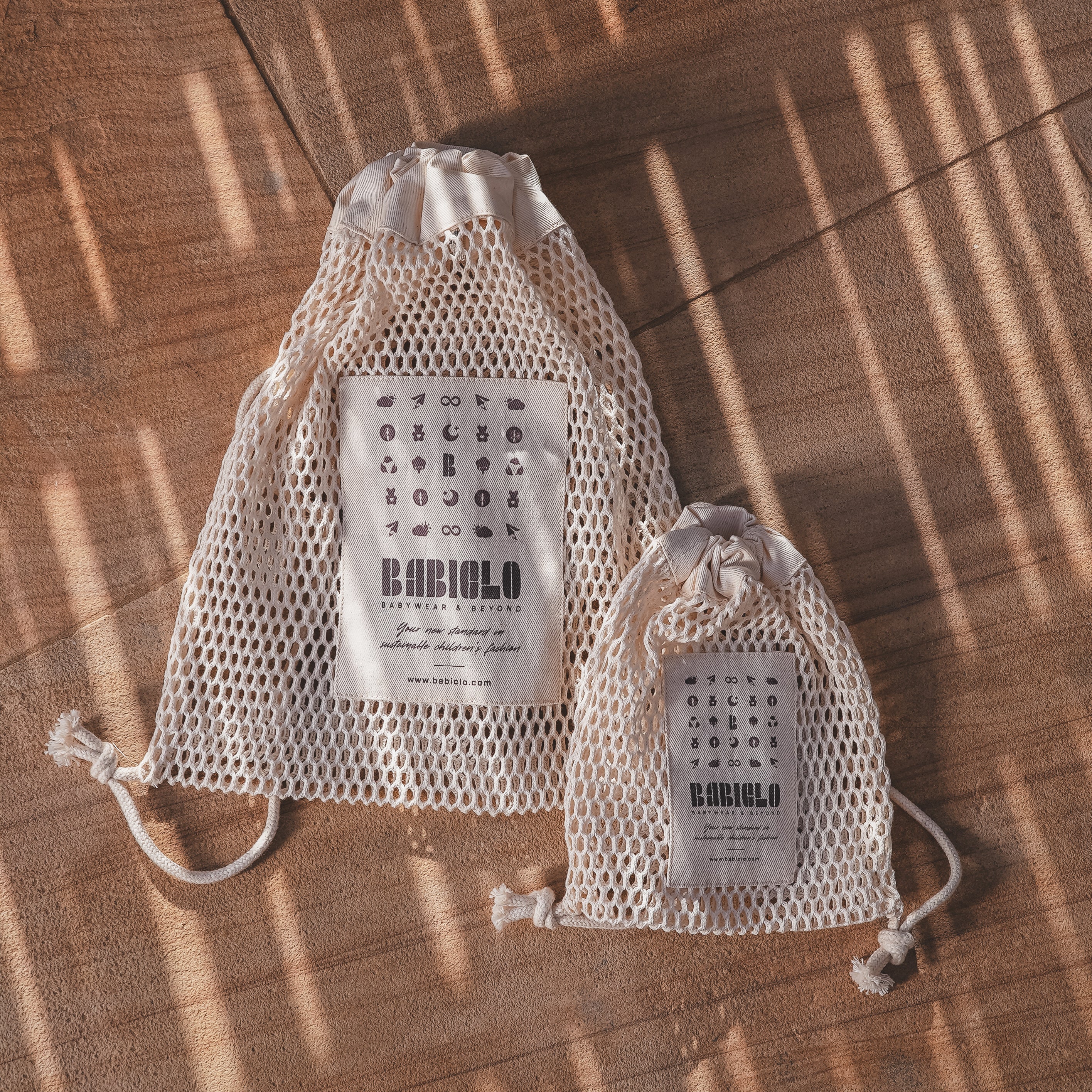
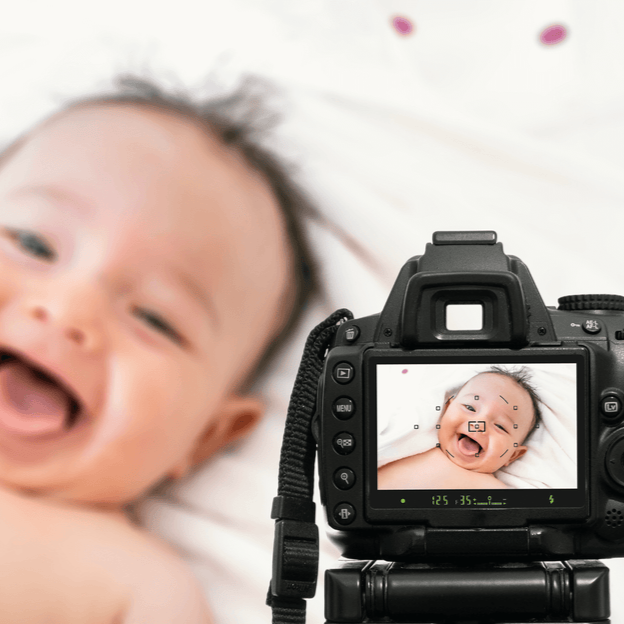
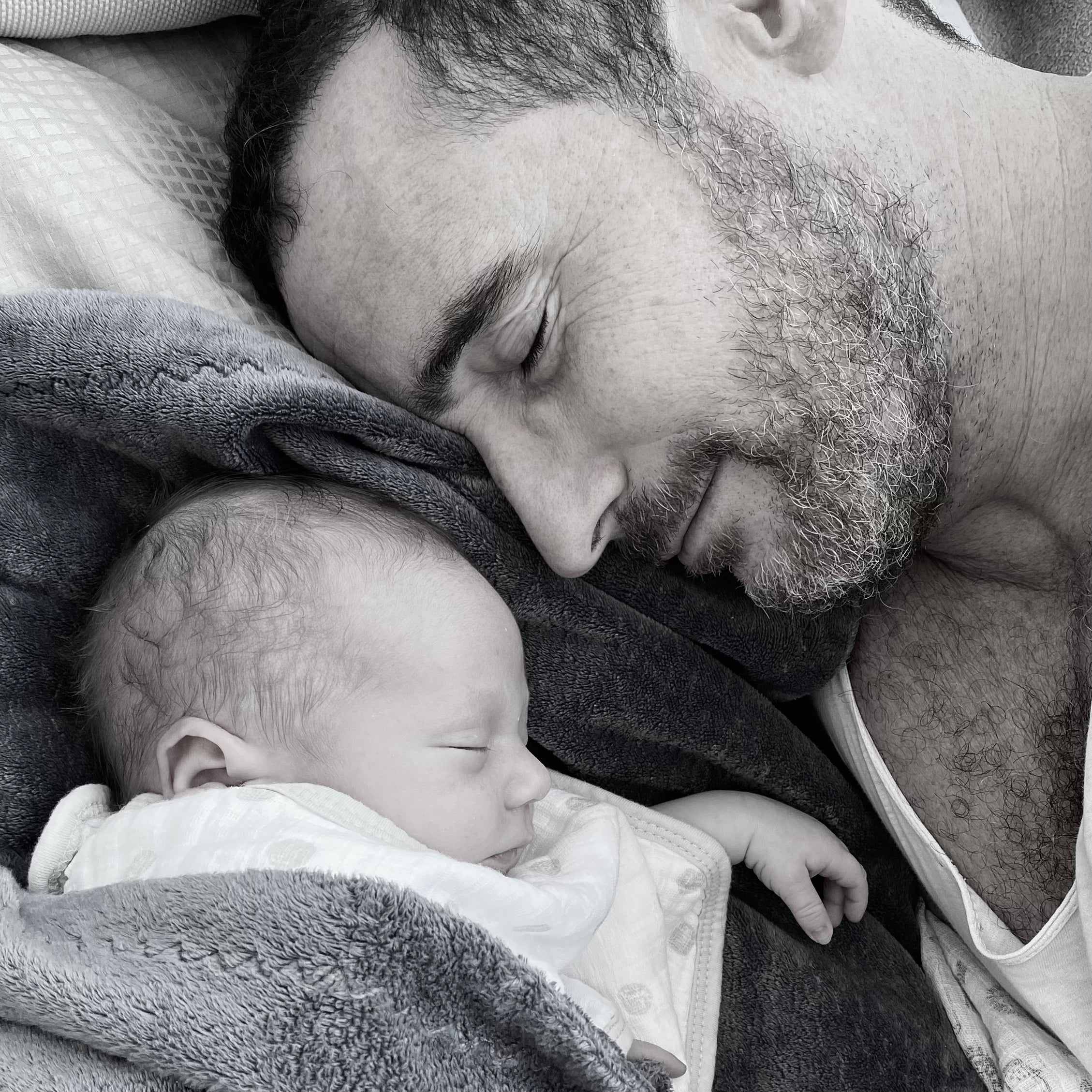





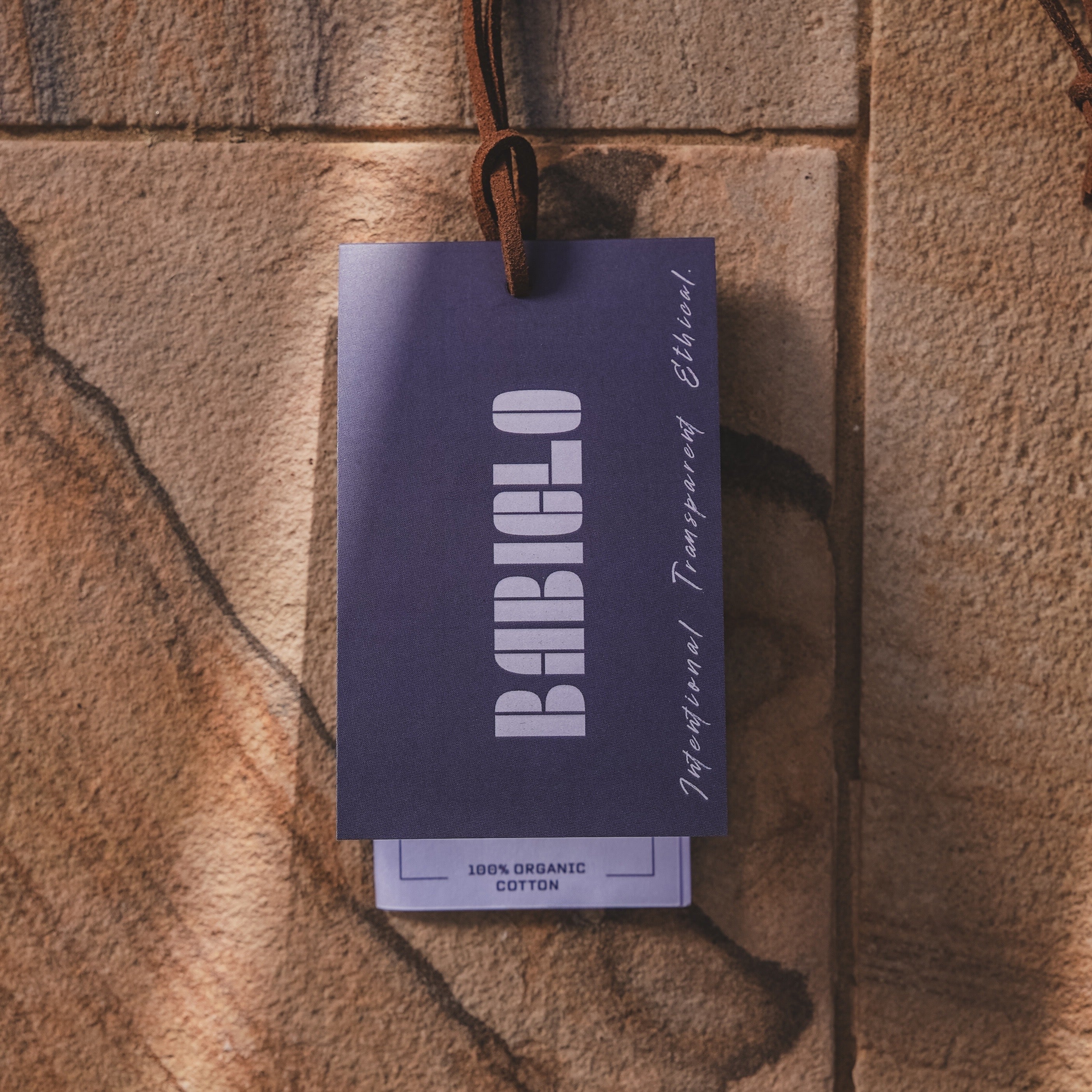
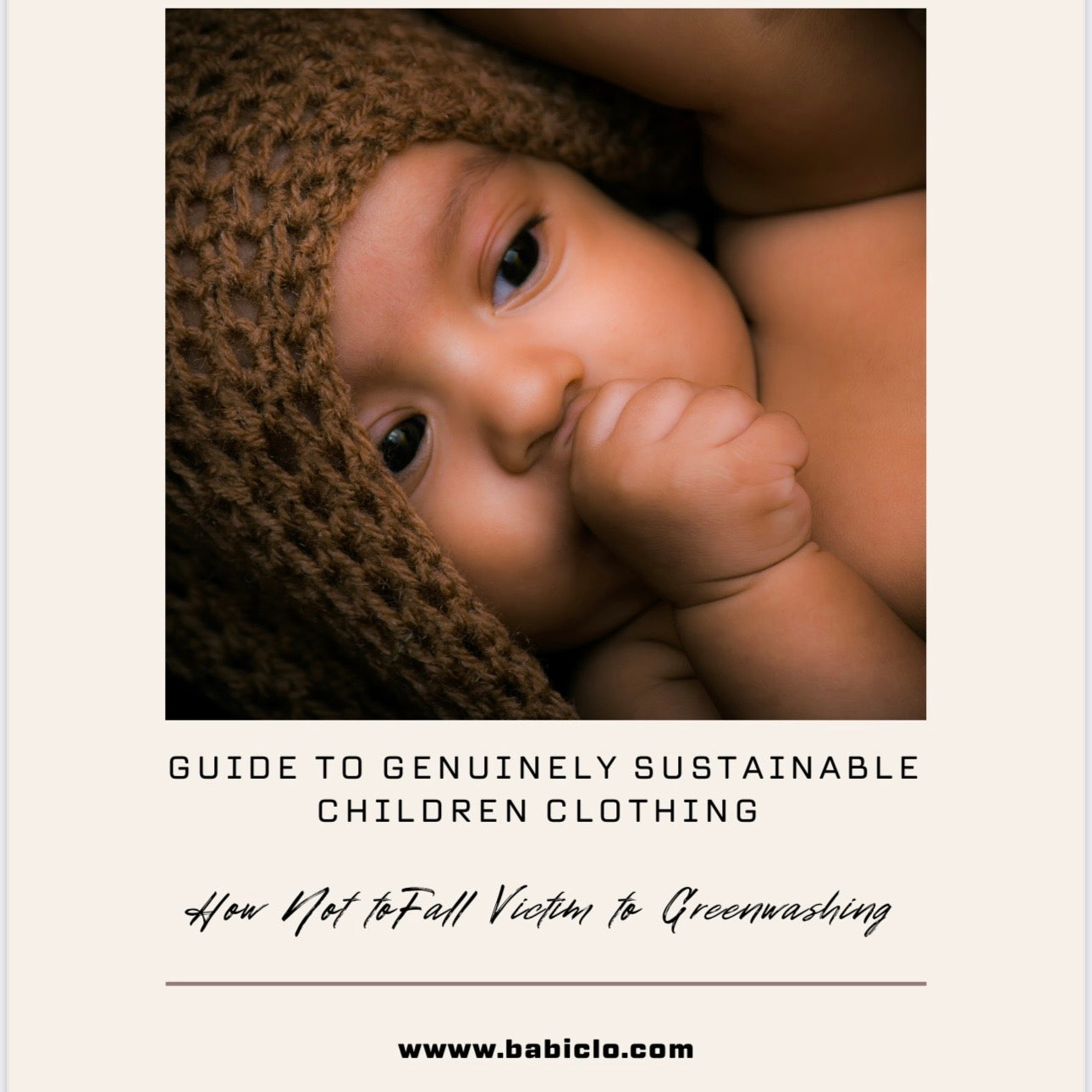


Leave a comment